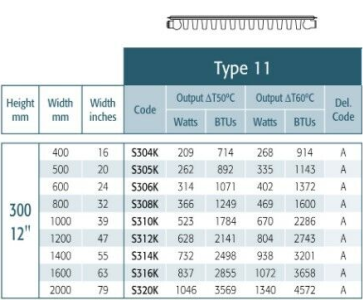Lomax
Member
Hi all,
I've got a second-hand Webasto Thermo Top C which is fully working but lacks all external components (except the wiring, which thankfully is still attached). Using this I would like to get a basic heating system up & running as quickly (and cheaply) as possible, while not skimping on safety. I would like to have two fan matrix radiators in the cabin, and connect these to the heater using PEX. I also know I need a skin fitting for the exhaust (I have a steel hull, so don't need anything elaborate), an air-tight muffler and some exhaust tubing. Dosing pump, filter and fuel connection also needed. For the time being I'm happy to run the heater with a simple on/off switch, so not looking for a dedicated controller.
I've got a second-hand Webasto Thermo Top C which is fully working but lacks all external components (except the wiring, which thankfully is still attached). Using this I would like to get a basic heating system up & running as quickly (and cheaply) as possible, while not skimping on safety. I would like to have two fan matrix radiators in the cabin, and connect these to the heater using PEX. I also know I need a skin fitting for the exhaust (I have a steel hull, so don't need anything elaborate), an air-tight muffler and some exhaust tubing. Dosing pump, filter and fuel connection also needed. For the time being I'm happy to run the heater with a simple on/off switch, so not looking for a dedicated controller.
- Is it ok to use PEX for the heating?
- Anything I need to think of when running the pipes?
- Will I need a separate circulation pump for 6m pipe (one way)?
- What size/power do the matrix heaters need to be?
- Any suggestions for a cheap matrix option?
- Will I need an expansion vessel, and if so how big does it need to be?
- What should I use to fill the system, glycol/antifreeze?
- Can I use any dosing pump, or does it need to be a specific model/size?
- Have I missed anything?
Last edited:

